3PL fulfillment is an on-trend third-party logistics approach in various industries, the list of which eCommerce seems to be the top. According to Global News Wire, the global 3PL market was valued at $921.49 billion in 2020 and is forecasted to reach $1,993.72 billion by 2028.
How to know if 3PL for retail order fulfillment is right for your business? How can a 3PL help your business blossom? Any risks you should be aware of?
You’ll find the answers to these questions and uncover essential aspects of 3PL order fulfillment in this article. Along these lines, you can make better decisions and choose a compatible and professional 3PL partner. Scroll down for insightful guides!
- What is 3PL fulfillment?
- 3PL eCommerce fulfillment process: How does it work?
- What are the advantages of hiring a 3PL?
- What are the disadvantages of 3PL eCommerce fulfillment?
- How to choose a 3PL provider for your business?
- What are the popular types of 3PL companies?
- What are the services a 3PL provides?
What is 3PL fulfillment?
3PL fulfillment or third-party logistics fulfillment means that you delegate some or all tasks of the order fulfillment process to an external service provider. You won’t have to manage the end-to-end fulfillment of your orders. Instead, your 3PL partner will handle warehousing, inventory management, picking and packing, shipping, and reverse logistics on your behalf.
3PL eCommerce fulfillment process: How does it work?
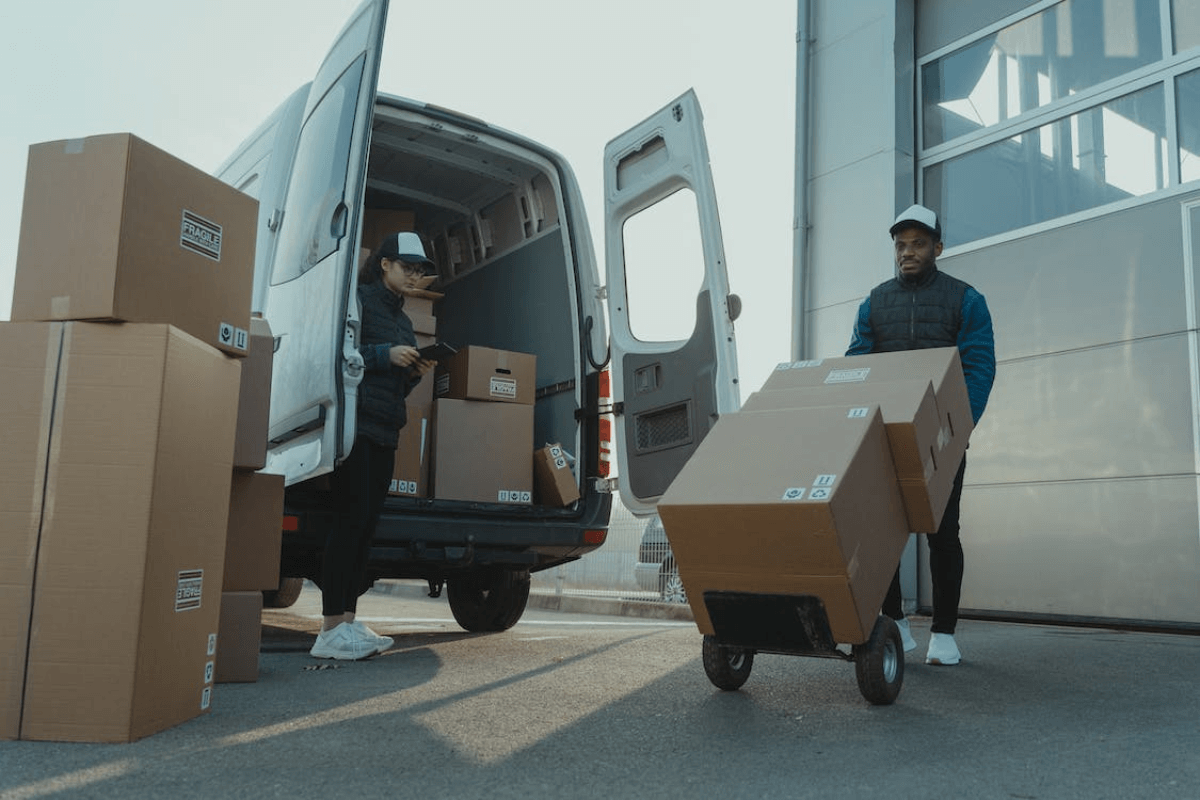
1. 3PL integration
Once you’ve selected a reliable fulfillment 3PL, you’ll need to share essential inventory and order information to keep your 3PL partner in the loop about what products are in stock and what are ready for shipping.
Many merchants allow 3PL partners to access and use necessary features in their inventory and order software for fulfillment. Others may let fulfillment companies connect and sync order information to their 3PL management system via APIs.
No matter which way you choose, make sure that both you and your 3PL companies are informed of every update or change in your stock. Hence, they can make timely adjustments and smoothly operate the end-to-end fulfillment for your business.
2. Sending products to 3PL’s warehouses
The next step is to send your inventory to 3PL’s warehouses so that they can start fulfilling your orders. You should consider freight during the 3PL warehouse fulfillment process, especially when shipping large orders.
Full-truckload (FTL) and less-than-truckload (LTL) freight are two cost-saving freight services to streamline the product distribution to your customers. You can consider residential LTL freight if your products have big sizes like beds or motorbikes.
To help you choose the proper type, 3PL companies will offer a comprehensive guide and even suggest the best freight deals with the suitable service for your needs.
3. Warehousing and inventory management
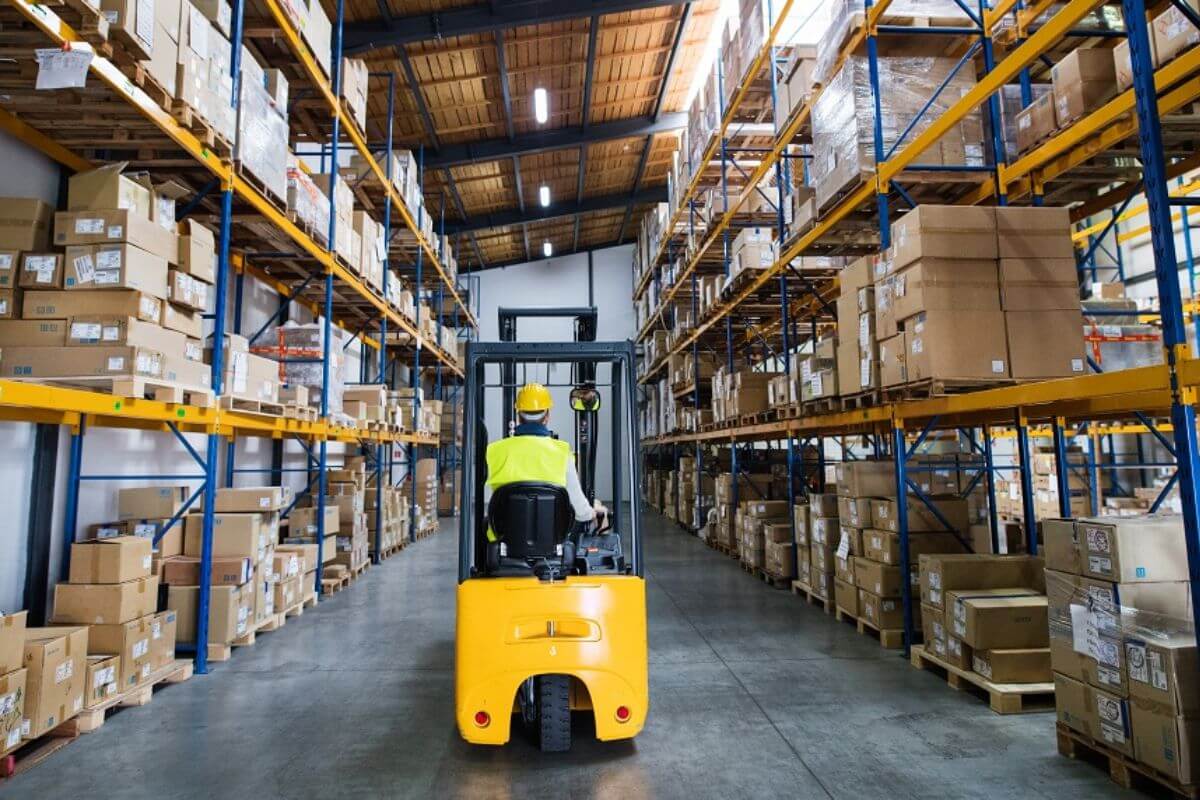
3PL companies can design and operate an efficient, secure, and well-organized environment for your products with their innovative retail management software and strategic planning expertise. They’ll ensure each storage bin, aisle, rack, and shelf inside the warehouse will be under close monitoring and efficient organization. As a result, you can expect to decrease costs while maximizing profits.
4. Order picking
When your customers place orders, the 3PL warehouse staff will receive notifications for fulfillment requests and start picking orders by batch, zone, or wave.
Depending on the specific features of products and your requirements, the 3PL company decides on an appropriate approach to ensure excellent performance and cost-related advantages.
Consequently, your outsourced logistics partner will update the order status in the management system. Therefore, you can monitor the process simultaneously and suggest timely adjustments if necessary.
5. Packaging
Packaging means packing your products with essential information on the packages, such as your brand name, order codes, delivery information, and shipping labels. In case of lost orders, meticulous packaging can save time and effort in tracking and solving possible problems.
Having your 3PL handle this process can help you save time researching optimal packing materials and shipping box sizes. Remember to ensure the order status is the same between your system and the 3PL’s to guarantee accuracy for delivery afterward.
6. Weight measurement
After packaging items, 3PL will conduct weight measurement to optimize the fulfillment system process of 3PL. This step means determining how much the product loads and its dimensions.
The measurement includes weighing the product, its pallet, skid, wrap, strap, and anything else in shipment. 3PL measures length, width, and height for the load dimensions.
This step provides your 3PL partner with insights into optimizing shipping costs and ensuring compliance with carrier regulations.
Precise weight measurement can also enhance the return process performance by showing whether the returned products are correctly accounted for in the inventory. So, you can rest assured of the accurate stock levels and avoid discrepancies in your records.
7. Shipping
Now your orders are ready for shipping. 3PL business fulfillment determines the most suitable carrier and shipping method for each order based on factors like package weight, destination, delivery speed, and cost consideration. Reputable 3PLs often work with multiple carriers to offer you and your customers flexible shipping choices.
The system of your 3PL partner provides real-time tracking information to both you and your customers. As a result, you can always keep track of the package’s journey from the warehouse to the customer’s doorstep.
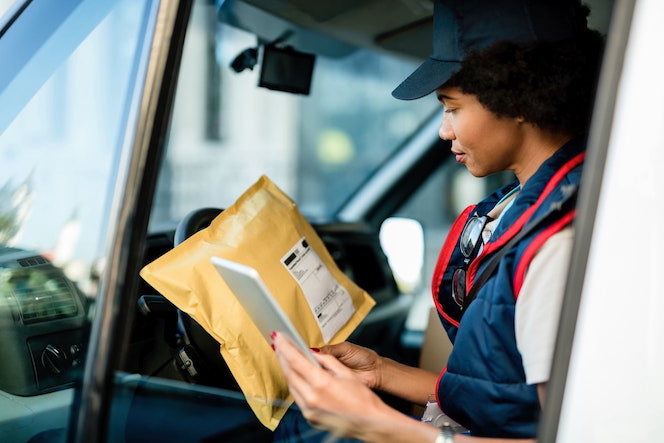
8. Return and refund
If your customer returns the ordered products and requests a refund, the returned items will arrive back at the 3PL warehouse. The 3PL team will inspect the products and process refunds according to your rules or inform you of refunds that’ll be processed on your end.
What are the advantages of hiring a 3PL?
Optimal warehousing costs
Among the benefits of a 3PL for retail order fulfillment, reducing the overheads of warehouse renting for inventory storage is obvious.
The bigger your business grows, the more warehousing space you’ll need for self-fulfillment, that’ll increase your operation costs. Meanwhile, partnering with a 3PL order fulfillment can help you cut down warehousing costs to support your fast-growing store.
3PL eCommerce fulfillment companies usually charge you the space to store your inventory in their warehouse, while in-house warehousing gets you to pay the full rent for a warehouse. If you keep the same number of items in the warehouse over time, you won’t have to deal with fluctuating warehousing expenses.
| Per pallet | Per cubic foot | Per bin | Per square foot | |
| 3PL’s cost | $18.30 | $.45–$.55 | $3.20 | $1.15 |
Besides, some 3PL order fulfillment also allows sharing lease obligations, such as rent, equipment, utilities, and other core operation costs with other retailers. For example, if 10 retailers are using 3PL facilities, the cost will be divided among these 10 retailers according to each retailer’s stock amount.
Meanwhile, in-house warehousing costs include the cost of rental space, additional occupancy expenses (NNN/CAM charges), and operating overheads (manpower, electricity, water, facilities, etc.).
Inhouse warehousing costs = Rental space cost + NNN/CAM charges + Operating overheads.
The common in-house warehousing costs per square foot per month and square foot per year are $.67 and $8, respectively. Average NNN/CAM rates are $.33 per square foot per month and $4 per square foot per year.
Reasonable shipping costs
The large volume of orders for delivery can be an advantage in negotiating with courier companies. Your growing business might attract bulk orders, yet the number might still be far from persuading carriers to offer discounts for cheaper shipping. That’s why 3PL business fulfillment showcases one of their advantages — cost-effectiveness in shipping.
A 3PL firm manages warehousing and order shipping for not one but many eCommerce companies simultaneously. Therefore, they can get a bargain deal from carriers with enormous amounts of awaiting delivery products.
Having experts to back your fulfillment process
Outsourcing a 3PL for retail order fulfillment means that you have specialized teams take over the order fulfillment process, which guarantees smooth performance without complicating your structure. They’re well-versed in efficient warehousing and shipping to your customers, resulting from focus training and accumulated experiences. In such a way, not only can you cut down on the manpower cost but also streamline the workflow to save time for other tasks.
Improving the effectiveness of your order fulfillment
Enhancing the performance and reducing errors in your order fulfillment are other persuasive points explaining why eCommerce business owners love to use this practice. The magic comes from updated technology and comprehensive inventory management strategies.
Every 3PL order fulfillment company invests in its logistics systems and constantly updates the software to minimize manual errors and enhance accuracy in the order tracking.
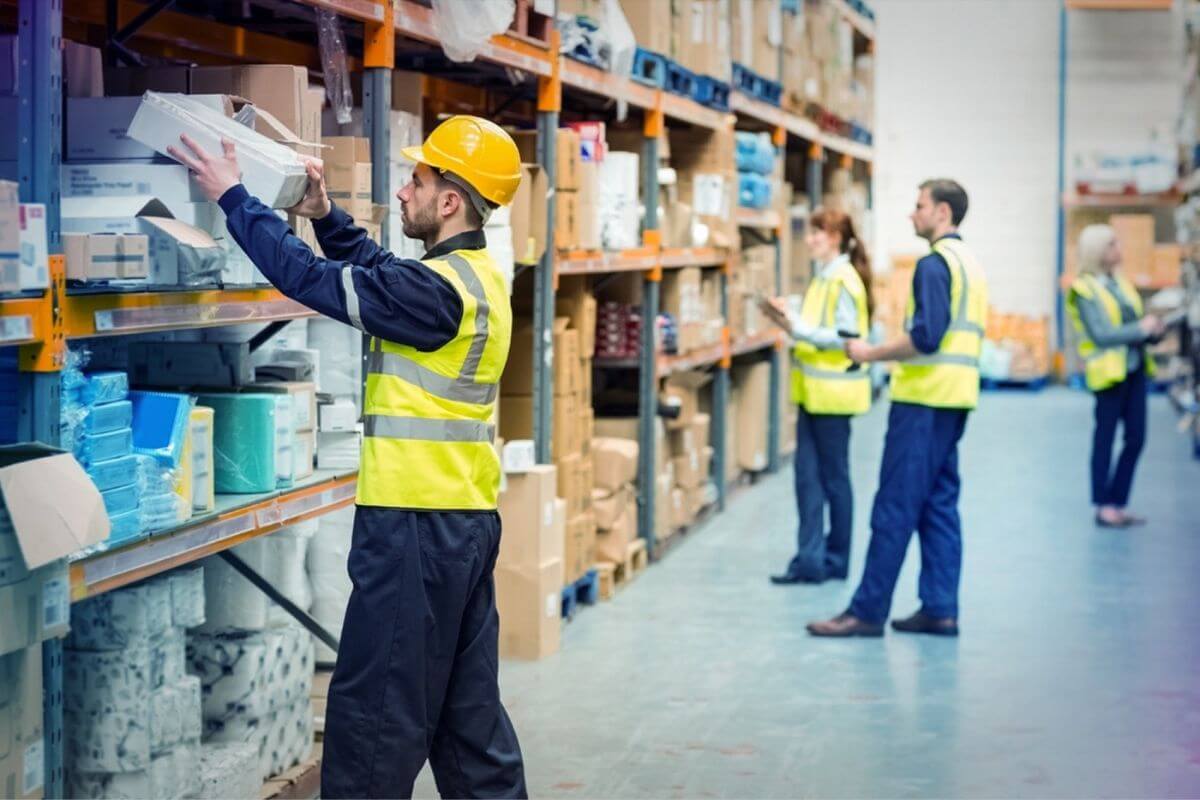
The combination of systematic processes and state-of-the-art technology is a strength that sets 3PL apart. As a result, using 3PL for reduced error fulfillment rates saves you from high product return rates that can derail your ROI and positive reviews from customers.
Scaling up your eCommerce business
Optimizing order fulfillment with a 3PL is a ‘lifebuoy’ that saves you from overwhelming workloads of in-house fulfillment. One of the aforementioned advantages of 3PL is to have experts complete the task so that you can concentrate on growing your business amidst a highly competitive time.
What are the disadvantages of 3PL eCommerce fulfillment?
All the great benefits above can convince you to outsource a 3PL fulfillment management. Yet, the article may not give a complete picture unless it also explores the possible drawbacks of outsourcing your eCommerce order fulfillment to a 3PL.
1. Costs of outsourcing a 3PL order fulfillment
Investing in a partnership with a 3PL fulfillment might be costly. The key to a successful 3PL retail order fulfillment partnership is the advantages outweighing all the costs you might have to cover when working with a 3PL logistics company.
What are the costs that you should notice when partnering with a 3PL?
- Onboarding costs: Some 3PL companies charge you the fees of connecting your order fulfillment to their system, setting up accounts and access, etc.
- Receiving costs: You have to pay for shipping your inventory to the 3PL warehouse. Depending on your fulfillment provider, the payment can be charged by hour, unit, carton, pallet, etc.
- Order picking and packaging costs: The 3PL will pick and pack the ordered item for delivery. They can charge these costs per order.
- Inventory storage costs: Charging fees based on the warehouse space usage is a common way for 3PLs. You’ll pay for pallet storage, individual bins, or shelf spaces, depending on the storage duration your products need and your inventory turnover rate.
- Kitting costs: Order kitting refers to assembling individual items into a set or kit. These costs happen when you offer a promo or special deal for customers who buy two or more products in one order.
- Shipping costs: You have to pay for shipping costs regardless of using 3PL services. You should compare the fees you directly pay for carriers with the ones you pay for 3PL to ship and deliver your products to your customers.
2. Losing control over your order fulfillment process
One of the biggest drawbacks that you should be aware of is the risk of losing control over warehousing, inventory management, and product delivery. Another factor to consider is the internal information leak or even database loss due to the integration or shared access with 3PL systems.
Custom integrations can boost synchronized data transfers and real-time updates for better tracking, yet it includes the danger of being hacked.
You don’t monitor the whole process in person, which is the beauty and downside of outsourcing 3PL logistics. So, you should work with a 3PL company with a secure system and ready solutions to possible issues.
To minimize the risk, you should set clear permission for those who can access information and configure your system. Moreover, to reduce the system lagging, you can prioritize an order fulfillment PWA, which allows users to use it as a frontend app without logging into the backend.
How do you know a 3PL eCommerce fulfillment company perfectly matches your eCommerce business? Which factors should you consider?
Let’s go through some crucial tips for finding a 3PL partner that helps your business thrive!
How to choose a 3PL provider for your business?
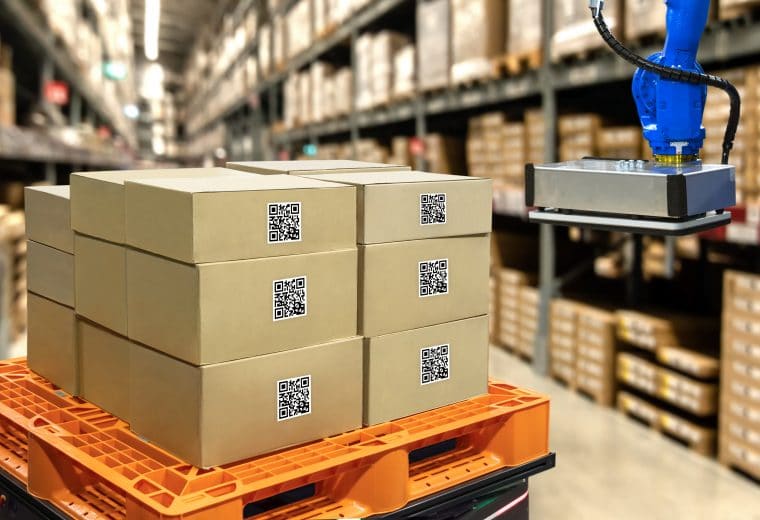
1. Determine your business scale and your needs
It should start with your needs; whether your business needs to outsource logistics and warehousing partners is the foremost question you should ask yourself.
If the growth pace of your online business needs a quick adaptation and the profits you get can cover the outsourcing fees, you can consider a 3PL. Otherwise, you’d better keep the process in-house.
Check out the following signs to see whether your retail business needs a 3PL provider for order fulfillment.
- Your business grows so rapidly that you can’t handle all necessary daily tasks.
- The order fulfillment process becomes slow and has many errors.
- You find the problem of manpower shortage in your business.
- Employing more people makes your company structure complex and ineffective.
- Shipping eats up most of your profits.
- Database becomes too much to handle.
If 3PL is a great option for your business after careful consideration, the next step is to determine what you need from an eCommerce fulfillment 3PL. Such insights can help you narrow down the list of 3PL companies and easily find a suitable partner.
2. Pay attention to their capacities and transparency
When researching 3PL units, you should consider the following aspects:
- Do they take over the whole process or just some of it?
- How much do they charge for their services?
- Can they customize their services according to your needs, such as warehousing, inventory management, and 3PL dropshipping?
- What systems and technology have they used to operate and manage the order fulfillment process?
- Can you get real-time order status updates through an integrated system?
- Does their customer service offer insightful and responsive support?
- What are the eCommerce businesses they’ve worked with?
These questions guide you through some crucial aspects, such as their capacities, experiences, expenses, and flexibility for customization. The solid foundation or the ultimate benchmarks are still what your business needs and how much you’re willing to pay for 3PL services.
Transparency is the top factor in finding a reliable 3PL partner, which saves you from over-priced services and the risk of leaking or losing internal information and databases.
Here are some tips you can use to find a trustworthy 3PL partner for your retail business:
- Determine your needs and budgets that you’re willing and able to pay.
- Perform due diligence on 3PL services to see whether they well fit your needs.
- Check their certifications and testimonials that show 3PL can maintain the correct insurance, bonding, and safety standards.
- Ask them about filing insurance processes and freight claims. Professional 3PLs will present a robust and clear-cut program for insurance and claims to protect against any damage to your products.
- Inquire about and test their technology and software. When partnering with a 3PL, you’ll share your order fulfillment information with them; hence, it’s crucial that they have a state-of-the-art system to manage the database and guarantee order delivery.
- After getting a shortlist of 3PL companies, you can contact them for a detailed discussion on services, fees, and other aspects.
What are the popular types of 3PL companies?
1. Standard 3PL providers
Living up to the name, standard 3PL providers take over the most basic logistics steps in the process, such as product storage and delivery. This type of 3PL company offers a budget-friendly option that allows you to control your order fulfillment process.
2. 3PL service developers
3PL service developers can help you enhance the entire process thanks to their technology and expertise in IT infrastructure and management. Not only handling storage and shipping, but these companies also offer great security services, real-time delivery tracking, compliance management, package selection, and cross-docking.
3. 3PL customer adapters
If your order fulfillment process eats up your time of business strategy development, you can consider delegating to a 3PL customer adapter. This type of 3PL company will be in charge of most logistics activities for your business, such as the a–z shipping management, negotiating with carriers, and providing rate maintenance.
4. 3PL customer developers
Last but not least, we have 3PL customer developers taking over the entire logistics activities of your business. That’s why such a 3PL company is technically your logistics department.
Due to the workload, manpower, responsibility, etc., these 3PL customer developers charge their services at high prices. In return, you’ll be set free from all the mundane tasks in the order fulfillment process while navigating your business to success.
What are the services a 3PL provides?
-
Inventory management
3PL’s integrated software into your system can help you manage your inventory better. The real-time information and updates of your online orders with the stock amounts in the warehouse prevent stockouts and help you take timely actions.
-
2-day shipping
The shorter the waiting time is, the more satisfied and loyal customers become. The service of delivering your products to customers within 2 days makes it become one of the 3PL’s advantages. Thanks to the relationships with many carriers, 3PL companies can offer you an affordable and suitable package of 2-day shipping.
-
Same-day delivery
Same-day delivery means that customers get their desired products on the same day they order. This practice requires strict control over the order fulfillment process and rhythmic coordination of involved parties.
Some 3PL companies might have some criteria for your customers’ orders, such as their order time and locations so that they can guarantee the same-day delivery service.
-
Distributed inventory
Distributed inventory is the service that allows you to split your inventory across different warehouse locations. The 3PL companies with this service can ship products from the closest warehouse to customers, shortening the delivery time and cutting shipping fees.
-
Centralized inventory
Centralized inventory offers one central location to keep your stocks for order fulfillment. It can simplify the inventory management process yet may increase your shipping costs to far locations.
-
Advanced data analytics
Some 3PL companies offer comprehensive analytics that generate deep insights into your order fulfillment. They can also consult some solutions related to order fulfillment, such as logistics strategies, software, and inventory management. The level of consultation depends on the contract terms you’ve signed with them.
-
International fulfillment
If you partner with a 3PL with a global network of warehouses and staff, your business can easily scale up across countries with their international fulfillment. They can enlarge their services within many countries and handle complex logistics procedures for your eCommerce business.
Conclusion
Enormous benefits help 3PL fulfillment reverberate in many industries, especially in eCommerce. Technically, fulfillment includes the picking and packing process, yet 3PL order fulfillment is much more than that.
The critical point here is whether your business needs a hand of 3PL in the process. Consider all the relevant costs and risks when outsourcing third-party logistics to take over your order fulfillment.
We hope that this article can help you comprehensively understand and sort out the key points of 3PL eCommerce order fulfillment.
If you seek tailored solutions for your retail business in terms of order fulfillment, multiple sales channel management, warehousing, etc., let’s book a free talk with our experts for in-depth discussion.
FAQs
What is the difference between 3PL and 4PL?
3PL refers to managing one or many operations of an eCommerce store and fulfillment activities can be a punchy way. On the other hand, 4PL (fourth-party logistics) takes over a company’s entire supply chain management and logistics. Let’s explore some critical aspects between them.
- Main responsibilities
- Order fulfillment is the focal point of 3PL companies.
- 4PL will be in charge of every step in the entire supply chain, such as transportation, supplier coordination, inbound and outbound logistics, and distribution networks.
- Communication
- Working with a 3PL fulfillment company, you directly communicate with your customers and other partners.
- 4PL covers the entire supply chain activities, so you just need to contact your 4PL partner if there are any problems.
>> Read more to understand thoroughly the differences between 3PL and 4PL.
Is fulfillment a 3PL?
Yes and No. Fulfillment involves receiving, packing, and shipping orders to customers. 3PL refers to a third-party logistics company managing one or some fulfillment activities for an eCommerce store and also managing their inventory and warehousing.
You might say that 3PL is the same with a fulfillment center at some points. However, 3PL can also involve the management of your inventory levels and warehousing through an integrated or synced system other than just order fulfillment.
What is the difference between 3PL and fulfillment?
Fulfillment means an in-house or outhouse team takes care of every step to get your products delivered to customers, such as picking, packaging, warehousing, and inventory management.
With the 3PL approach, you’ll work with an external team with specialized skills and technologies to handle some parts or the whole process.
Insights into these two terms indicate that retailers can be mainly responsible for your fulfillment process and work with a 3PL company for some processes requiring high specialization. In this scenario, 3PL can be a part of a retailer’s fulfillment process.
How much is a 3PL fulfillment center?
The exact cost you need to pay for a 3PL fulfillment center depends on your 3PL partner’s pricing and your requirements in terms of services and technology. You usually pay $0.20 per pick for order fulfillment as a common order picking and packing fee rate.
Check out the related costs to 3PL fulfillment below.
- Labor costs for receiving new inventory, order picking, and packing
- Inventory and warehousing management
- Costs of packaging, whether you use standard or custom labels for branding or eco-friendly purposes
- Costs of restocking or discarding returned items
- Maintaining fees for technology and management systems to automate the process and synchronize the information
What industries use 3PL the most?
3PL has been in its prime time with the explosion of online shopping and the trend of door-to-door delivery. In such a way, people can now get almost everything with a few clicks. The list of industries using 3PL the most might get you surprised.
- Manufacturing
- Pharmacy
- Construction
- Retail business
- eCommerce
- Food and Restaurants
- Cosmetic industry
- Technology
- Automotive industry
Is Amazon now a 3PL?
Yes. Fulfillment by Amazon (FBA) and Amazon Multi-Channel Fulfillment (MCF) offer the same services as what a 3PL provider does. FBA exclusively supports Amazon’s store owners, while MCF offers order fulfillment for external businesses that don’t sell their products on Amazon but still fulfill with Amazon warehouses.
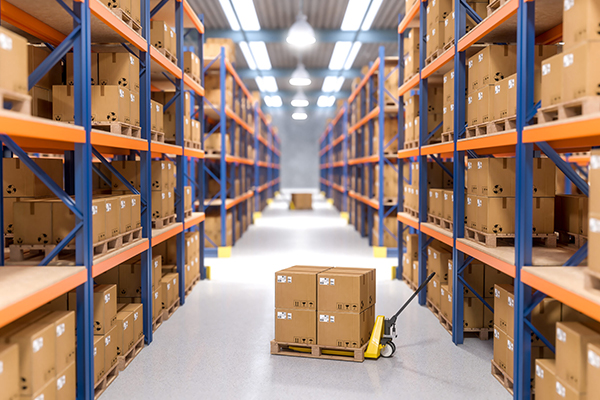













This comprehensive blog on 3PL fulfillment is a treasure trove of insights! Understanding the dynamics of 3PL is pivotal, especially in today’s booming eCommerce industry. The detailed breakdown of the fulfillment process, advantages, and potential pitfalls is enlightening.